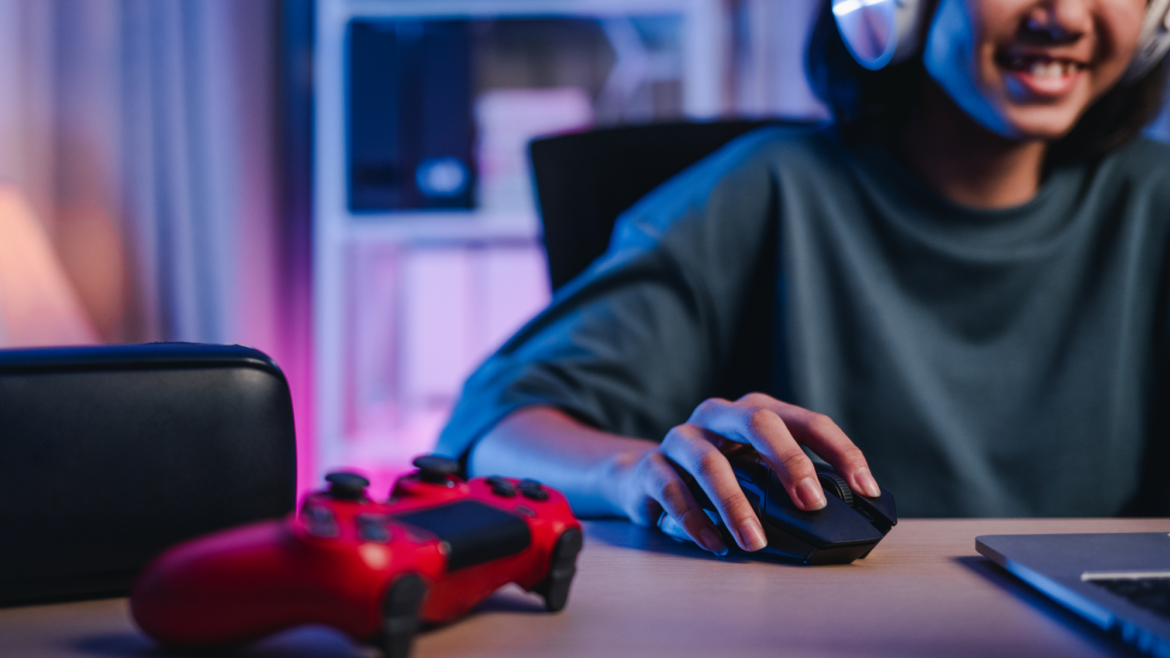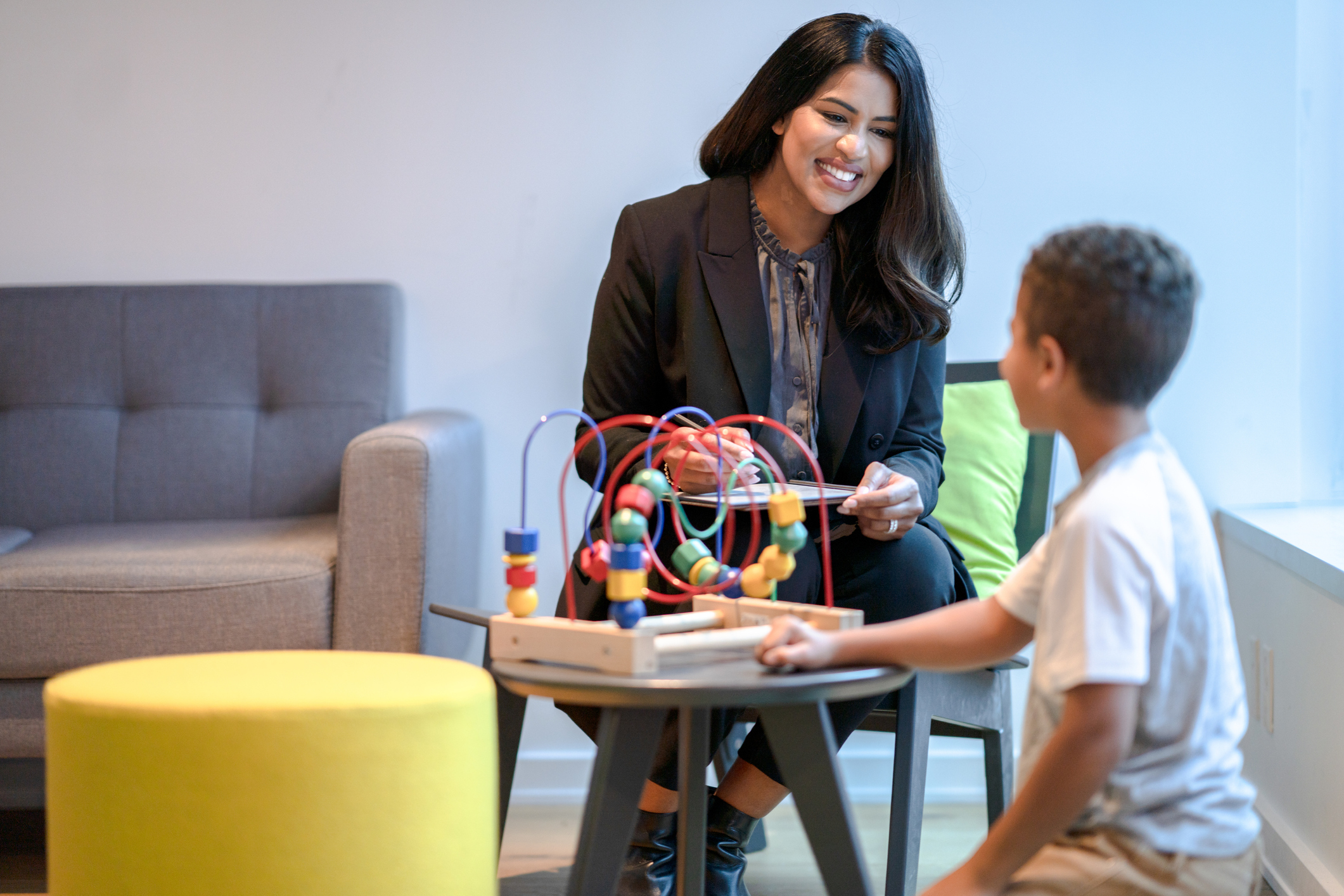Can you relate to my weary, sometimes silent, other times audible, sigh when screen use is mentioned? By screen use, I’m referring to activities done in front of a screen, such as texting, social media, video gaming, and watching movies or shows. Some days, I’m grateful for the ease of communication, instant information at our fingertips, or opportunity to watch a sporting event or movie, etc. Other days, I feel beat down by the constant requests from my teen boys for “more” screen time or additional access to new media.
I look around, and I see sports teams in restaurants, all of the kids around the table, heads bowed, fingers moving, devices entertaining them. There is no eye contact, no face-to-face communication, no human connection. And, I wonder how screens impact youth relationships. My teacher friends tell me they need circus acts to keep students engaged because kids are so bored by educational instruction that doesn’t involve intense stimulation. And, I wonder how screens impact youth cognition and learning.
How Do Youth Spend Their Screen Time?
There are differences in what youth do with their screen time. For example, a large study of 12-13 year-old racially and ethnically diverse youth across the United States during the COVID-19 pandemic found that boys spent approximately half of their time on video games (single and muti-player). Girls, on the other hand, spent about half of their time on social media, video chats, and texting. Girls and boys spent similar amounts of time watching television and movies.
Risks vs Benefit
Health behaviors are actions related to sleep, nutrition, physical activity, and social engagement that we can take to promote, maintain, or regain our physical and mental well-being. Screen time can positively or negatively affect these health behaviors and our well-being.
For example, greater time spent on screens has been associated with social problems, rule-breaking, oppositional, and aggressive behaviors, anxiety and depressive symptoms, lower school grades, sleep problems, and reduced sleep in youth. Screen time has also been associated with increased snacking and less time spent in physical activity. On the other hand, lower screen use has been related to more social support and coping behaviors.
There is some evidence that it is the fewer hours of sleep associated with higher screen use that might explain these challenges. Also, the type of screen use seems to matter. For example, mature-rated video gaming and movie/TV streaming has been associated with disruptive behaviors, such as aggression and rule-breaking as well as anxiety and depression. And, youth who report higher screen time, especially on the internet and social media, are more likely to endorse being victims and perpetrators of cyberbullying.
However, there are also benefits associated with screen use. For example, video gaming has been associated with increased problem-solving, flexible thinking, and remembering facts and skills. Therefore, screen time that involves use of creativity and executive functions (i.e., higher order reasoning skills) appears to be good for our brains. The American Academy of Pediatrics (AAP) has also highlighted benefits of screen use to include access to social networks, fostering social inclusion, and sources of information.
In summary, there are both risks and benefits to screen use. The American Academy of Pediatrics recommends asking yourself the following questions (5C’s of Media): about your child’s personality, the content they access on screens, their dependency on screens for calming and coping, what screens may be crowding out of your family, and how you communicate with your child about screens. This information can help you evaluate the type, amount, and independence of media use and screens that would be healthy for your child and how you could use this information to create a plan for screen use in your family.
How Can You Manage Screen Time in Your Family?
It’s not easy to change our behavior, especially when screens are so available and provide immediate reward for us. But, now that you are a little more familiar with what we know about screen use in youth, I encourage you to consider: What changes could you make regarding screen time to promote your family’s health and well-being? Which changes might be easier versus harder? Is there one that you could start with? To gain a deeper understanding of the complexities surrounding screen time and its effects, you can start by reading Part 1 of this series, Decoding Screen Time: Understanding the Impact and Finding Balance.
Tips for Using and Managing Screen Time
- Encourage health behaviors, such as going to bed at the same time each night, eating snacks at the table versus while on screens, taking a walk, shooting hoops. Be engaged with your kids in these activities. When they are involved in other activities, they are less likely to ask for screen time.
- Refrain from screen time 30 minutes to one hour before youth go to bed as screen use can interfere with sleep quality. Take steps to ensure that electronic devices do not send alerts during sleep time. Therefore, caregivers may choose to refrain from allowing youth to keep electronic devices in their rooms or require the “do not disturb” setting be turned on during sleep hours.
- Think about silencing alerts (e.g., for social media and communication) during school hours and homework time to minimize distractions.
- Consider what level of privacy you are okay with your child having on a personal device. This may differ for children at various stages of development. It is important to be up front with your child about what level you plan to monitor their screen use.
- Talk with your child about the benefits (e.g., encourages communication, stay in touch, etc.) and risks (e.g., bullying, what is presented is often not reality, comparison of self to standards of perfection) of social media. Be aware of any challenges that social media may be creating for your child (e.g., lower self-esteem, bullying, body image concerns, anxiety).
- Talk with your child about the dangers of documenting and sharing explicit behavior (their own or others).
- Agree on how you will handle the situation when your child’s behavior extends outside of your family’s screen use plan (e.g., accessed a site/app that was not permitted, additional time on another device, etc). Will you provide consequences? If so, which ones? If you remove a personal device from a teen, how will you handle communication from that teen’s coach, teacher, peers working on school projects, etc (e.g., restrict all use of the personal device versus restrict social media/entertainment but allow communication).
If this seems too overwhelming, or you’ve tried before to make changes without having success, you may consider consulting a behavioral health professional. Also, if you have concerns about your child’s well-being, consult with your primary care provider.
For more helpful practices and tips on Health Behaviors and other practices, check out PracticeWise’s Practitioner Guides available for purchase.
—
About the Author
Janelle Wagner Ph.D., serves on the Professional Development Team as an Associate Trainer and Consultant for PracticeWise. Learn more about Dr. Wagner on the PracticeWise team page.







